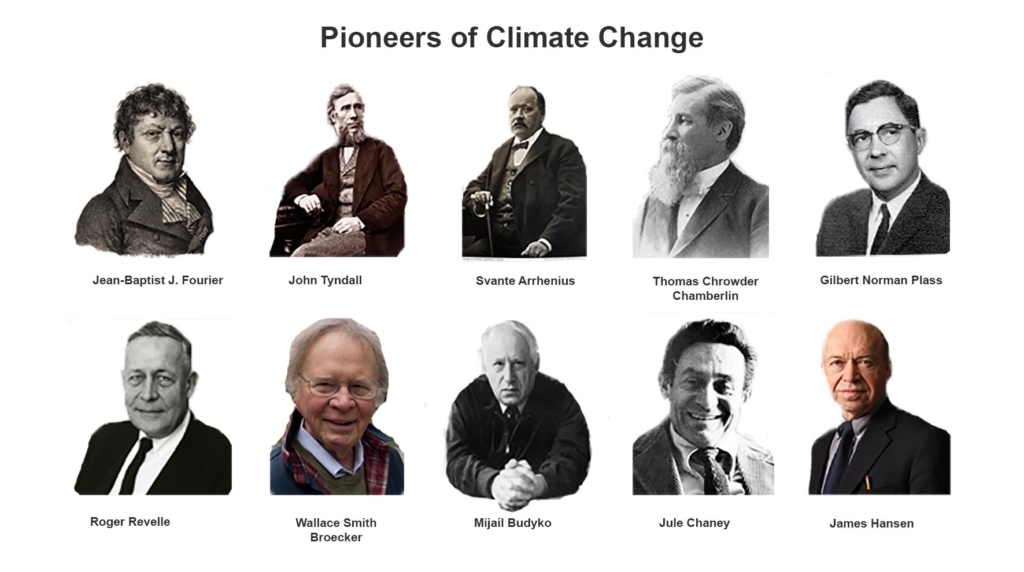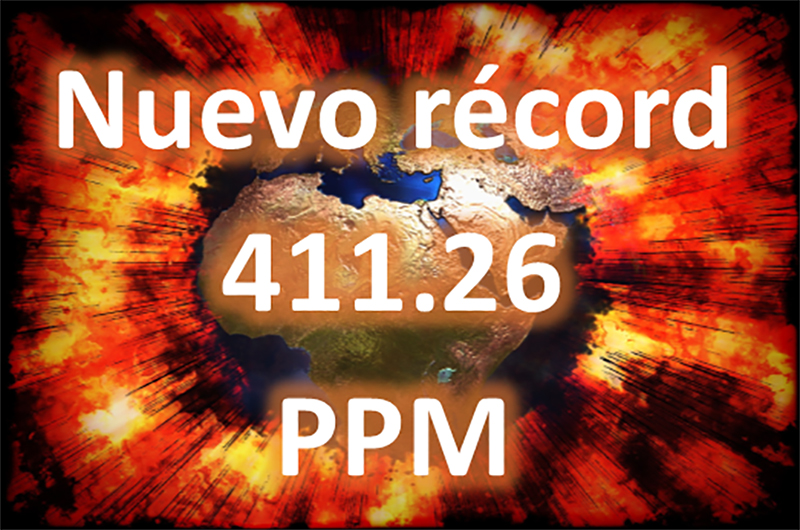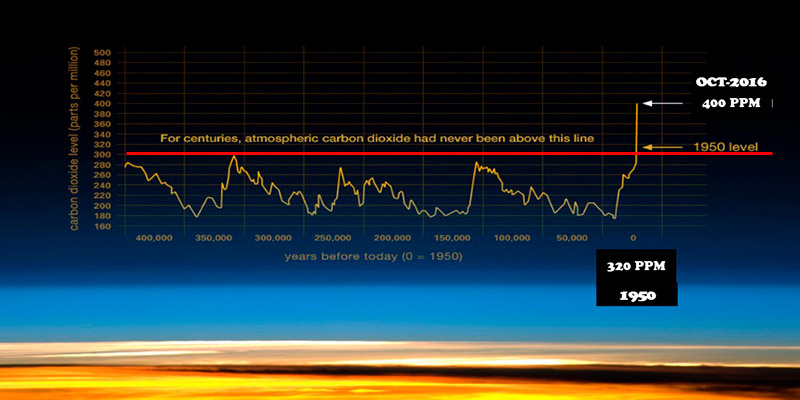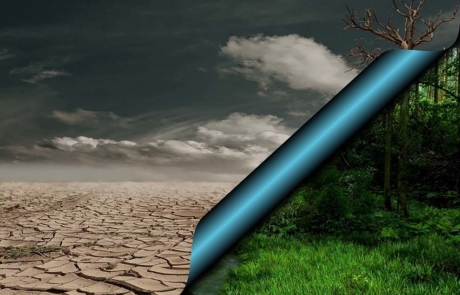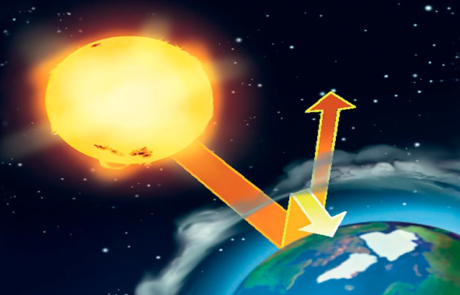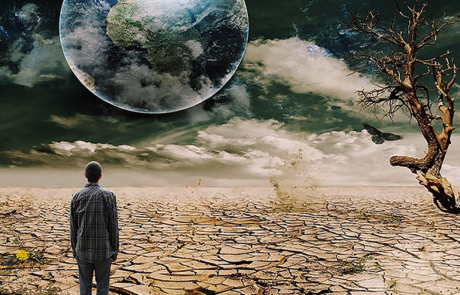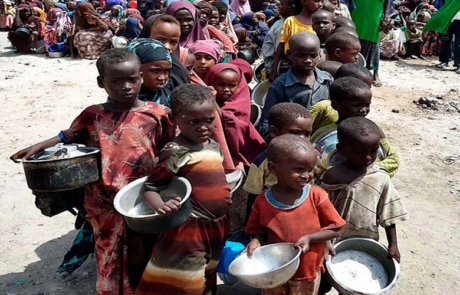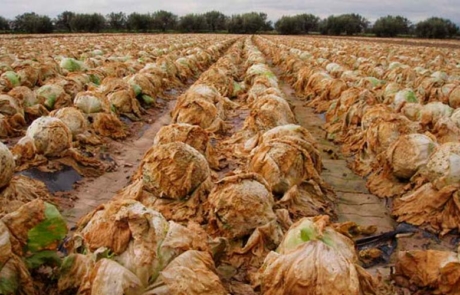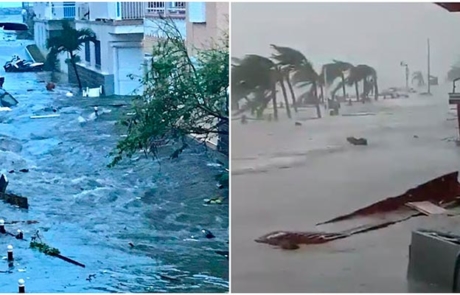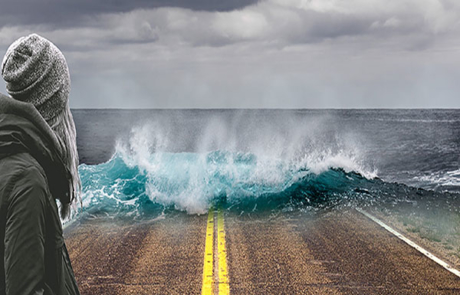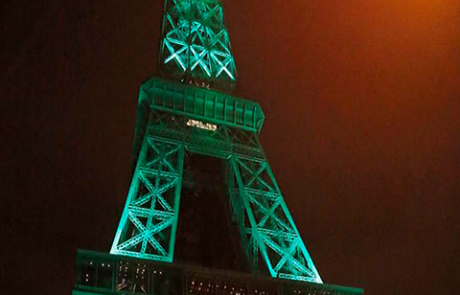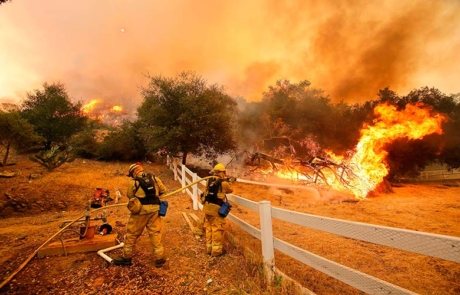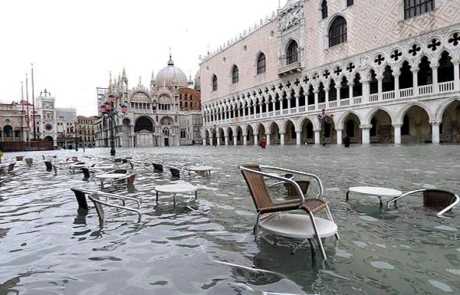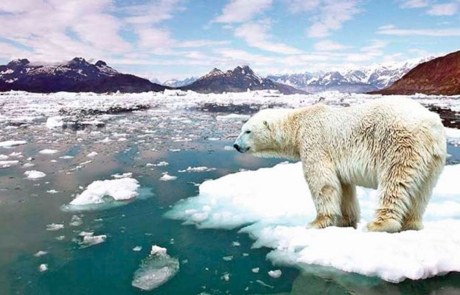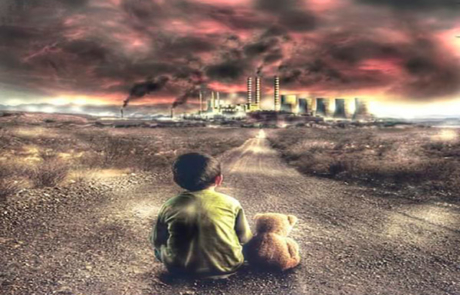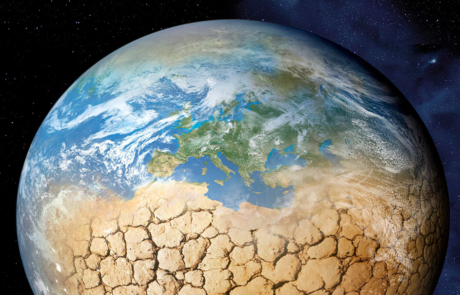FAQs about Climate Change
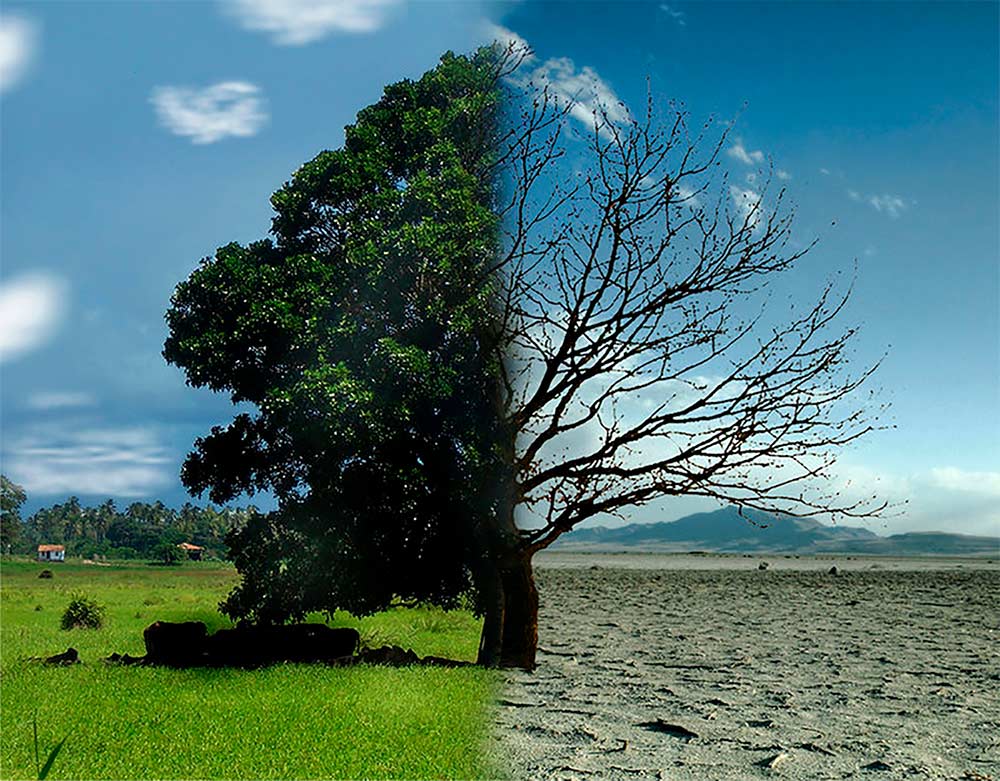
5. Why and how much will sea level rise in the future?
An increase in the global temperature higher than the objective of the Paris Agreement, of 2 °C, could lead to significant climatic changes. One of these is the melting of Antarctic ice, which is already happening now, but could be much greater in the future. Its consequence is the increase in the level of seas and oceans, with floods that could seriously threaten the populations and infrastructure of low profile islands, coasts and deltas of rivers. The loss of housing and the spaces of these settlements would lead to a humanitarian crisis of unprecedented proportions. The director general of the World Bank, Kristalina Georgieva, warns: “the rise of the oceans due to the melting of the poles, destruction by storms or droughts will cause entire communities to be forced to move to areas where their survival is more viable. Worldwide that number will amount to 143 million internal migrants. The situation will be particularly serious in South America, where up to 17 million people will have to migrate within their own country.”
Other FAQs about Climate Change
1. What is climate change and what is its origin?
2. What are the causes of global warming?
3. What are the consequences of climate change?
4. Are there examples of recent climate changes on Earth?
5. Why and how much will sea level rise in the future?
6. What are glaciers, icefield and Arctic ice and why are they related to climate change?
7. Is permafrost a climatic weather bomb due to global warming?
8. How will climate change affect humans and other species in the future?
9. What is the role of mitigation, adaptation and resilience to climate change?
10. How can we lose the fight against climate change?
11. What would happen if climate change could not be stopped?
12. Why the Amazon rainforest is the lung of the world?
13. Is the Amazon forest in danger of disappearing?
14. Have we reached the Anthropocene?
Other sections of Climate Change
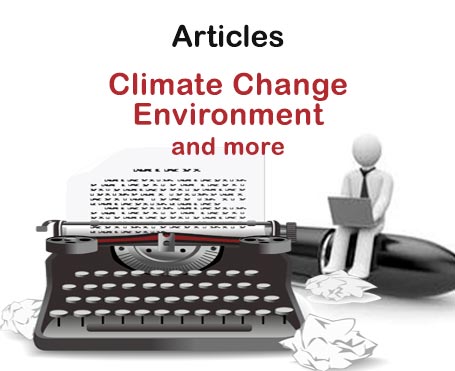
Pioneers of Climate Change
At all times and in all sciences, there have always been visionaries, those people who anticipate situations long before other persons can glimpse them. This is the case of Jean-Baptiste Joseph Fourier (1768-1830), a French mathematician and physicist, who in 1824 calculated that an object the size of the Earth and with a similar distance from the sun, it should be much colder to what our planet is really like. He affirmed that it was maintained with a temperate climate because the atmosphere retains the heat as if it were under glass. Thus, Fourier has the honor of being the first to use the greenhouse analogy…

Climate change, what is it and what are its causes?
Anthropogenic climate change is the variation of climate status attributed to human activity that alters the composition of the atmosphere and has consequences on the entire planet. The main cause of climate change is global warming caused by emissions of greenhouse gases (GHG), of anthropogenic origin, among which CO2 is the most frequent. The sources responsible for these emissions are the burning of fossil fuels such as oil, coal and gas, used mainly in industry and transport.

